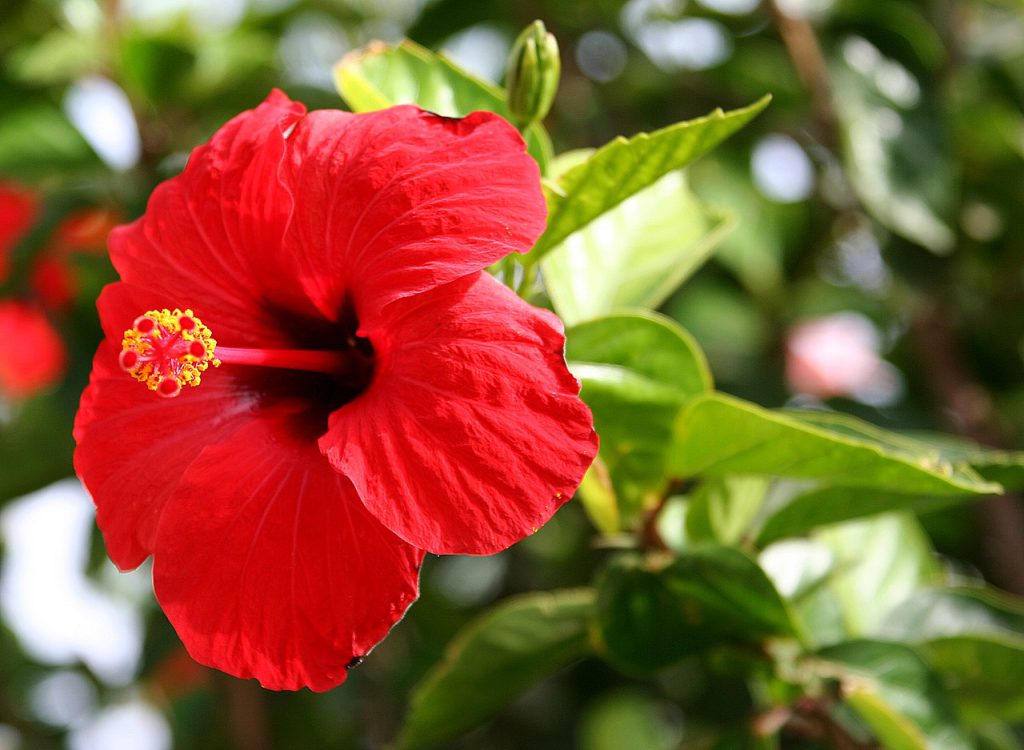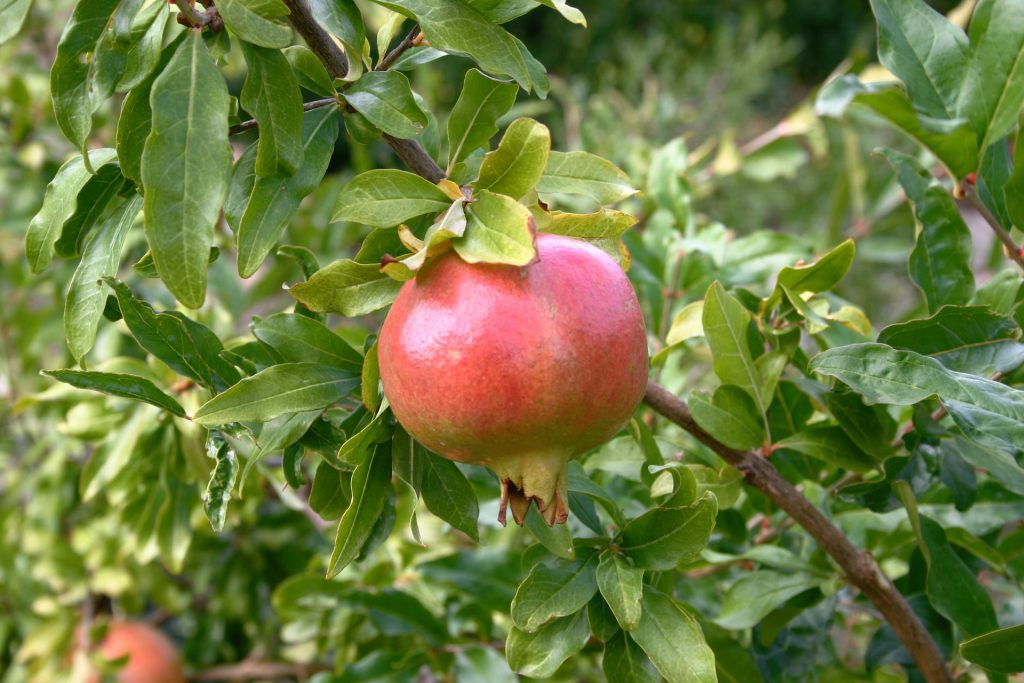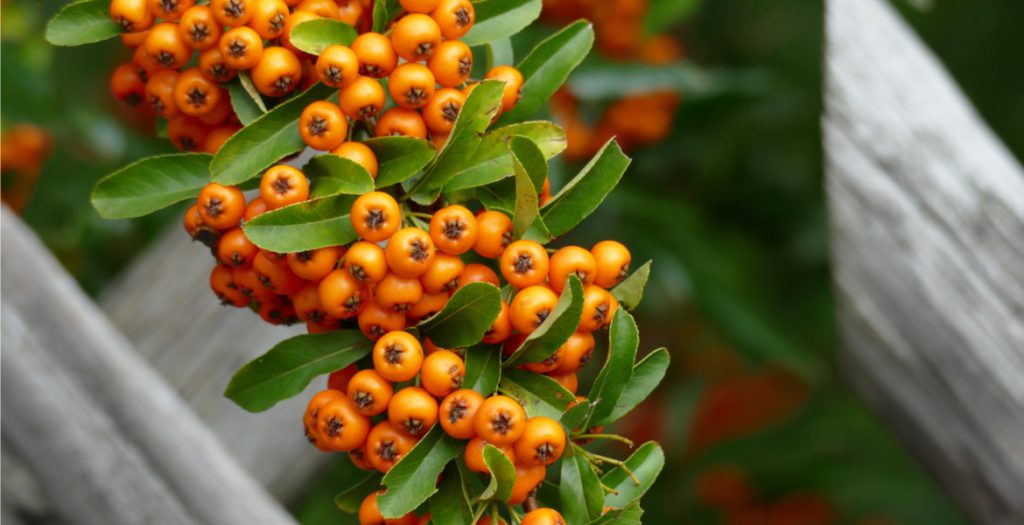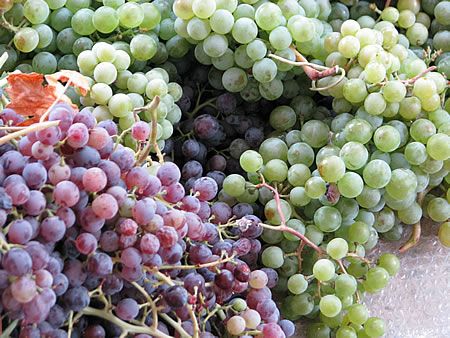Growing hibiscus is an easy way to add a tropical flair to your garden. When you know how to care for hibiscus plants, you will be rewarded with many years of lovely flowers.
Many people who are growing a hibiscus plant choose to do so in a container. This allows them to move the hibiscus plant to ideal locations, depending on the time of year. Provide the plants with at least six hours of sunlight, especially if you want to see those lovely blooms. Although warm, humid conditions are ideal for tropical hibiscus, you may want to provide a little afternoon shade when it’s overly hot. Again, containers make this easy to do.
Hibiscus tree is an annual or perennial herbaceous plant with trumpet-shaped flowers. This tropical tree grows in full sun or partial shade and does best in moist, well-drained soil. With over 200 species and many more cultivars in the genus, hibiscus flowers can reach nearly 10 inches in diameter at maturity and come in a wide range of colors from white to red, pink, yellow, and orange.
Tropical hibiscus varieties (Hibiscus rosa-sinensis) are perfect if you live in a warm climate or want an impressive houseplant. For those living in cooler parts of North America, opting for a hardy variety or the shrubby rose of Sharon (Hibiscus syriacus), which are both easier to grow and can withstand colder winter temperatures, will be the better choice.
Hibiscus flowers are very attractive to butterflies and hummingbirds.
Hibiscus Care
The care you provide your hibiscus will vary depending on whether it is a hardy or tropical variety and whether it is grown indoors or outdoors.
Light
Hibiscus love bright conditions. In northern climes, full sun is often best, but in the intense, dry heat of the south, filtered sunlight is better. If you find that your plant isn’t producing many blooms, move the plant to a sunnier location.
Indoor tropical hibiscus will need a bright spot near a sunny window but keep it away from strong, direct sunlight. If you are transferring your plants outdoors when the warmer weather arrives, gradually acclimate them to the brighter conditions.
Soil
All hibiscus do best in well-drained, fertile, moist, loamy soil. The hardy varieties are wetland natives and are a good choice for sites that are too wet for other plants.
Most hibiscus prefer a slightly acidic soil pH, but the rose of Sharon is tolerant of alkaline conditions. The color of hibiscus flowers can be affected by the soil acidity level.
Mulching around the plant base can help with moisture retention if your location is experiencing dry conditions. For nutrient-poor soil, amending with organic matter will be beneficial.
Water
All hibiscus are thirsty plants that need to be kept moist. Indoor tropical hibiscus benefit from regular watering from spring to early autumn during the growing season. Significantly reduce watering during dormant periods. For container-grown plants, ensure the top inch or so of potting mix dries out fully before watering—saturated soil is also problematic, and make sure containers have adequate drainage holes.
Depending on the conditions, you might need to water your hibiscus daily to help it produce an abundance of blooms.
If your hardy hibiscus are not planted near a pond or in another wet area, water them on a regular basis to keep them moist.
Temperature and Humidity
Rose of Sharon and hardy hibiscus can grow in cool, temperate climates. They thrive in temperatures from 16-32 degrees Celsius but can handle temperatures as low as -7 degrees Celsius. When temperatures drop below -1 degrees Celsius and frost is a risk, bring container-grown plants indoors. However, be mindful of their higher humidity requirements—which is why bathrooms are a good location for these plants.
Temperatures below 10 degrees Celsius can kill tropical varieties, so they are best housed in humid locations indoors in regions where this is likely to occur.
Fertilizer
To encourage abundant, healthy blooms with good color, feed plants with a high potassium and high nitrogen fertilizer. Fish emulsion and seaweed extract are organic fertilizers. Feed a half-strength solution just before the start of the bloom period and continue at least once every few weeks until the end of flowering.
Pruning hibiscus
Hardy hibiscus benefit from annual winter pruning once they are established. Cutting the plant back after flowering, especially dead, damaged, and diseased branches and old wood growing in the center of the plant can aid air circulation and keep the plant looking tidy. Don’t worry if you cut back aggressively; this species can handle it.
Pruning hibiscus in pots
Hibiscus is a fast-growing plant and needs annual pruning to shape the plant and keep it in the limited spaces of the house.
Prune the plant in early spring when new growth begins to appear.
To shape the hibiscus into a tree shape, remove the low shoots and prune the top evenly.
Bush-shaped hibiscus should also be pruned and the excess growth removed. Limit the growth of the shoots by cutting them back to 1/3 to 2/3 of their original length. Be careful to make your cuts above where the new buds appear to be turning outward, so the new growth will grow away from the trunk and not near the center of the plant.
With proper care, your hibiscus will reward you with lush blooms throughout the summer and fall.
How to Get Hibiscus to Bloom
The exotic flowers on a hibiscus are short-lived, lasting from just one to three days. But if you have a healthy plant, they should produce many flowers through their growing season from late spring through fall.
To prevent flower drop, make sure the plant is not being exposed to temperatures that are too hot or too cold. Frost is a problem, even for hardy varieties, and prolonged temperatures above 85 degrees Fahrenheit will cause flowering problems even for tropical hibiscus.
Deadheading isn’t necessary, but bloom production can be impacted if your plant is overly dry or is not receiving enough nutrients or sunlight.
Greek name: Ιβίσκος (ο σινικός).
Sources: https://www.valentine.gr/hibiscus_gr.php, https://www.gardeningknowhow.com/ornamental/flowers/hibiscus/how-to-care-for-hibiscus-plants.htm, https://www.thespruce.com/hibiscus-growing-guide-5192541





